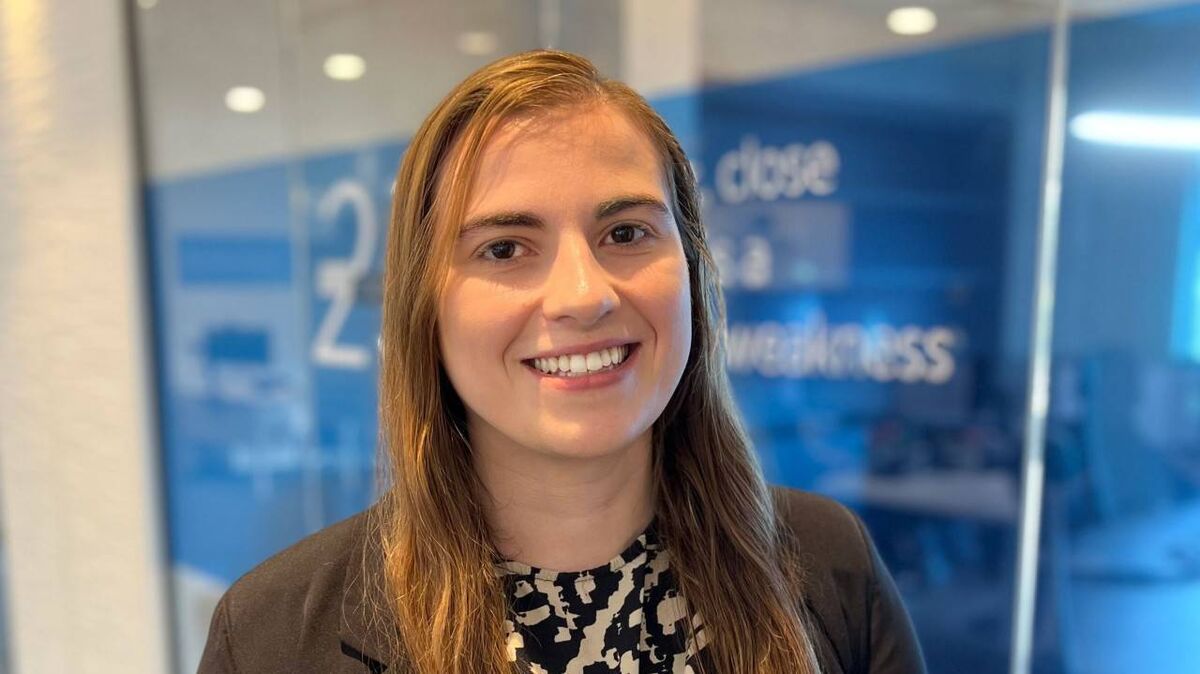What to do with your nest egg at retirement

The earlier you start investing in your retirement, the more relaxed you will be about the outcome. These days, because we’re living much longer, many people opt to remain invested in higher-risk products in the hope of higher returns.
As you approach retirement, you’ve got some big decisions to make about how you go about cashing in on those decades of saving.
Teresa Bruen of Gallagher Ireland says that because of the size of these decisions, it’s always a good idea to sit down with someone and discuss the options.
How much will you need annually to maintain a certain lifestyle? Are there any big outlays that need to be made early? Are there any dependents that need to be cared for? Are there health issues that will need additional resources?
Under the current rules, in most pension plans, you can take up to 25% of your retirement pot as a tax-free lump sum, up to a maximum €200,000.
Thereafter, Ms Bruen explains, most retirees opt to receive their funds via an annuity or an approved retirement fund (ARF). Of the two, the latter is the most popular by some distance.
An annuity is basically a contract with a life assurance that gives you a guaranteed regular income for life, for which you pay a lump sum up front. Annuities, says Ms Bruen, used to be very popular because they offered good value. Not any more.
“If you were to get a good annuity payment for life,” says Ms Bruen, “you'd need a pot of €300,000 to €400,000, and there are very few people that are willing to give over that much money with the risk they could die within a year or two, and the whole thing would be wiped out, so most people don't go that route.”
By contrast, the funds in your ARF can go to your dependents after you die. More on that in a minute.
Mark Reilly of Royal London explains that under current tax rules for ARFs, you must withdraw at least 4% of your ARF a year, rising to a minimum of 5% from the age of 71. For ARFs valued over €2 million, you must withdraw a minimum of 6% annually, regardless of your age.
The other key point about ARFs is that they are investment products. Even as you draw down the money you need to finance your lifestyle, you continue to invest to make sure you have enough out into the future.
“Careful management of your ARF,” says Mr Reilly, “as well as shrewd investment decisions around it, can help provide you with an income throughout your entire retirement. You can withdraw money from your ARF regularly to give yourself an income when you retire, but you need to do so in a way that doesn’t risk exhausting your fund.”
So, as well as deciding how you want to access funds, you also have investment decisions to make. Once upon a time, the advice as you approached retirement was to move away from risky investment classes to protect your nest egg. These days, because we’re living much longer, many people opt to remain invested in higher-risk products in the hope of higher returns.
“That's an ongoing debate,” says Teresa Bruen of Gallagher. “If you start de-risking at age fifty with the mindset that I'm retiring at sixty and I'm going to take out my tax-free lump sum, ten years could be a long time to be stepping away from the market; your fund can double in ten years.”
On the other hand, of course, she acknowledges that we live in volatile times. Remain in the market and you run the risk of seeing the value of your pension pot fall instead of rise.

Mark Reilly recommends seeking advice before putting any investment strategy into place.
“Being overly cautious with your ARF investments, such as by purely investing your ARF in cash or low-risk, low-return funds, would not stand to you if your retirement spans twenty-five years or more, and so could see your ARF run out of money. It is very important to choose pension investments that are likely to outperform inflation over time; otherwise, inflation will eat into your pension savings and returns, and ultimately reduce how far your money will go in retirement.”
In deciding how to work out where you stand on the risk/reward spectrum, Teresa Bruen returns to a basic question – how much will you need?
“I would be a believer in, well, if the fund is going to give you what you need, don't take on more risk.”
Mark Reilly also advises that you pay close attention to the advisory and fund management charges levied on your ARF.
“With some investment funds, charges can be higher than the norm, particularly if the fund is actively managed. The higher charge may be worth paying if the fund has a history of performing better than others, or if the fund allows you to invest in asset classes not available elsewhere.”
But beware. Higher charges do not necessarily mean better returns.
There are great tax advantages in saving into your pension fund, but when you get to the far end and begin drawing down your pension, you’ve got to remember that that incurs a tax liability. The amount of tax you must pay on your annual ARF drawdowns will depend on several things, including what other sources of income you have and whether or not you are jointly assessed for income tax purposes with your spouse.
There’s plenty of flexibility in ARFs. If you need to up your withdrawals to take care of additional expenses, renovations, ill health, helping a child with a deposit and so on, you can do that. Just be aware of the implications of the additional tax and the fact that your pot is dwindling.
Staying with uncertainty, what happens to your fund if you die? Teresa Bruen explains that pre-retirement, the whole amount of the pension fund just becomes part of your estate and is paid out tax-free. Post-retirement, an ARF sits outside your estate. So if you're married, your spouse will just step into your shoes. If your spouse has died before you and any children are over 21, the ARF goes to them, and they pay 30% tax.
Many defined contribution schemes allow you to access your pot from age 50. This can be an attractive option, but Teresa Bruen sounds a warning note.
She’s seen people draw down their tax-free lump sum early to take care of things like college expenses. But if you begin drawing down an ARF at age fifty, you have to start taking withdrawals from it at age 60, at a minimum of 4% a year.
“Then they get to 65 and they’re ready to retire. They've already been taking withdrawals for the last five years, they've already taken their lump sum, and the pot is significantly less than it could have been. If you think about it, if they took a hundred grand out at age fifty, that hundred grand over fifteen years could have doubled or more. Cashing out a lump sum early is a quick fix to people's problems, but it does come at a cost.”








